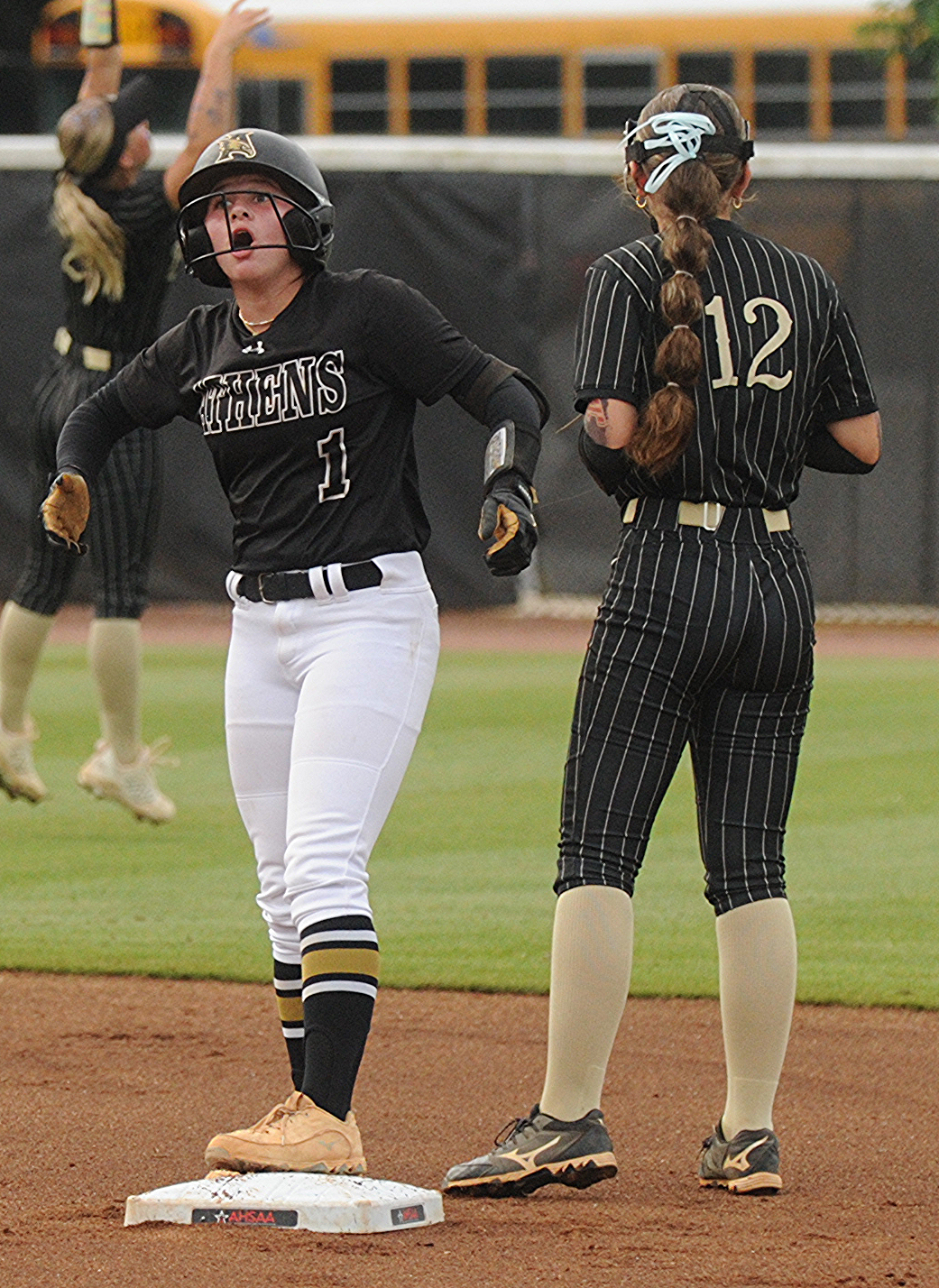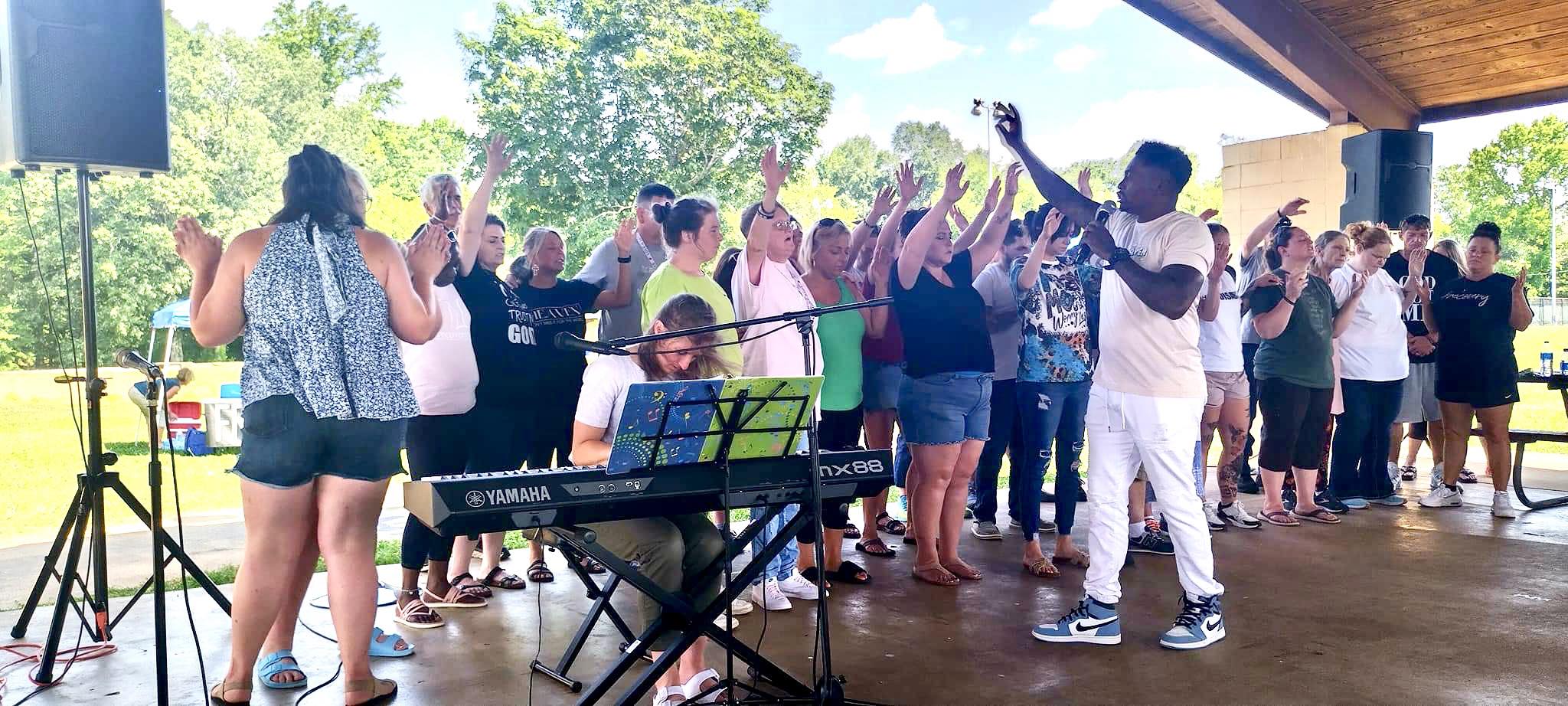The lure of Taos
Published 9:42 pm Tuesday, November 6, 2007

- Above,modern pickup trucks and SUVs contrast with ancient clay structures in the town of Taos Pueblo.
Snuggled under a fuzzy blanket before a crackling fire, hands around a steaming mug of cocoa, favorite romantic comedy plugged into the DVD player as a steady snow outside the mountain lodge window, blankets the aspens and evergreens.
It was the perfect Christmas card setting for a restful getaway if my sinuses didn’t explode first and I didn’t pant as though I’d run a marathon each time I moved from the overstuffed sofa to the refrigerator.
What my gracious hosts didn’t tell me was that the Kandahar Condominiums in Taos, N.M., Ski Valley nestled in the Sangre de Cristo Mountains is at 9,200-foot elevation. I could have looked it up on the Internet, but I was thinking ambiance over altitude.
So two days on the mountain and I headed down to Taos, elevation 6,950 feet. I was still in the foothills, but the breathing was easier.
For patrons of the arts, Taos is a paradise. Dozens of art galleries line the downtown plazas. But if you’re looking for a bargain, you won’t find it here. The art is high quality and high priced.
Artists’ enclave
Taos has been an artist enclave for decades. Georgia O’Keeffe painted many desert vistas around Taos and there is a major exhibit of her work at the Georgia O’Keeffe in Santa Fe, 70 miles to the south.
A treasure almost hidden off the main road running through Taos, is the Millicent Rogers Museum, just north of the Taos suburb of El Prado. The stylish Rogers, a Standard Oil heiress, settled in the Taos area in the late 1940s. A victim of childhood rheumatic fever, Rogers was never hardy, and died in Taos at the age of 52. But during her years in Taos, she passionately embraced the culture and became an avid collector of Native American and Hispanic arts and crafts.
The collection covers textiles (rugs and blankets), silver and turquoise, kachinas, santos and the pottery of San Ildefonso’s famous Maria Martinez. Martinez and her husband, Julian, began their pottery making as a way to support their family of sons in early 20th Century and was asked to display their work at the 1904 St. Louis Worlds Fair and the 1934 Chicago Worlds Fair. Today, her pieces are prized by collectors around the globe.
Martinez fashioned the pots of native clay and fired it in a pueblo kiln in the early days. Julian painted the pottery and perfected the “black on black” technique that is still emulated in modern pottery.
Lawrence connection
Among Rogers’ friends was Frieda Lawrence, widow of renowned 20th-century English author D.H. Lawrence. The Lawrences came to Taos in the mid-1920s and settled on the 160-acre Kiowa Ranch, a gift from art patron and benefactress Mable Dodge Luhan.
Owned today but poorly maintained by the University of New Mexico, the ranch, at 8,600 feet above sea level on Lobo Mountain near San Cristobal, about twenty miles northwest of Taos, is the reputed last resting place of Lawrence’s ashes. Frieda’s tomb is also just outside the door of a small shrine she built to Lawrence.
The couple only spent about two years on the rustic ranch before returning to France, where Lawrence died of tuberculosis at the age of 45. His ashes were at first interred in Vence, France, but Frieda and her Italian lover returned the ashes to Taos in 1935. According to a plaque at the foot of a winding path leading up to the shrine, Frieda and several female friends who had competed for Lawrence’s affections, are reputed to have argued about the appropriate resting place for his ashes, and Frieda settled the argument by uncapping his urn of cremains and dumping them in a wheelbarrow of wet concrete.
The altar of the shrine was fashioned from that concrete.
It takes a dedicated fan of Lawrence to make the drive up to the ranch. Much of the way is a muddy, single-lane dirt road up the side of the mountain. I probably wouldn’t have risked such a desolate drive alone in my rented canary-yellow P.T. Cruiser if I had not met a travel companion at my motel’s complimentary continental breakfast.
My new friend, an Israeli native who has been employed for the past 17 years building the Middle Eastern and Turkish catalog of the Princeton University Library, was also a fan of Lawrence’s works. I wrote my thesis on Lawrence more than 20 years ago and at its completion didn’t care if I ever cracked another D.H. Lawrence volume.
However, being this close to his final resting place, tweaked my curiosity, so my new friend and I decided to make the pilgrimage. There was no caretaker on the premises and it was a little creepy up there. But I must say, the shrine is rather primitive and somewhat of a disappointment, given Lawrence’s literary stature. A poorly executed concrete phoenix, the mythological bird that arises anew from its ashes and which Lawrence adopted as his symbol, sits on the altar. Someone had left a bouquet of artificial sunflowers.
Taos Pueblo
About five miles outside Taos is the Taos Pueblo. This is an interesting side trip to see how the local natives lived for thousands of years. The pueblo is still inhabited, but now there are pickup trucks and SUVs parked outside the clay structures.
Some of the food is still cooked in outdoor ovens—sort of like freestanding kilns about 4 foot high. The guide said they have to keep the openings blocked or the dozens of free-roaming dogs of uncertain lineage take up residence in the ovens when they’re not in use.
Natives sell baked goods, which include breads with all natural ingredients, which are reputed to be backed in the earthen ovens. There are also cookies and thin berry pies. One is instructed not to feed the dogs, but they follow visitors everywhere, and while they are not aggressive, they try to convince you with their eyes to disobey instructions.
There are lots of souvenir shops, selling silver and turquoise jewelry, pottery and sculptures made of the native mica clay. The proprietors are honest about which items are actually constructed on the pueblo.
Green chilies
Just about every native dish includes green chilies. The aroma is delectable. However, I didn’t go there. I had enough problems with altitude sickness.





